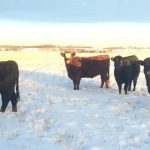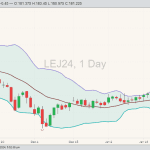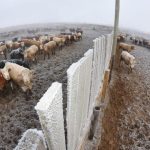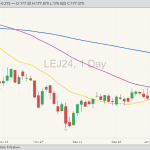
Klassen: Positive fed outlook buoys feeder market
Market telling producers to own lighter cattle sooner rather than later

U.S. livestock: CME cattle futures ease on profit-taking after 2-1/2-month peak
Lean hog futures ended modestly higher; firm cash hog prices lent support

CCA disappointed, not surprised by breakdown in trade talks
Yesterday, federal officials said bilateral negotiations with the UK had been paused amid unhappiness on both sides

Britain pauses talks on Canada free trade deal over agriculture
The talks are among negotiations launched after Britain left the European Union

Feed grain weekly outlook: Buyers looking towards springtime
Analysts suggest farmers will grow less barley

Alberta expands livestock drought recovery supports
Only a narrow band of the province remains exempt from the aid program

Klassen: Feeder market holds value despite negative margins
U.S. demand limited with colder temperatures in Midwest

Beef marks GHG drop: report
Assessment reveals industry has reduced emissions by 15 per cent

U.S. livestock: Cattle, hogs sag as traders track US slaughtering
Data largely neutral for cattle futures, analysts say

Ag minister talks Proposition 12, VCOOL with the U.S.’s Vilsack
The trip marks MacAulay's first ministerial visit to the U.S. since regaining the role


